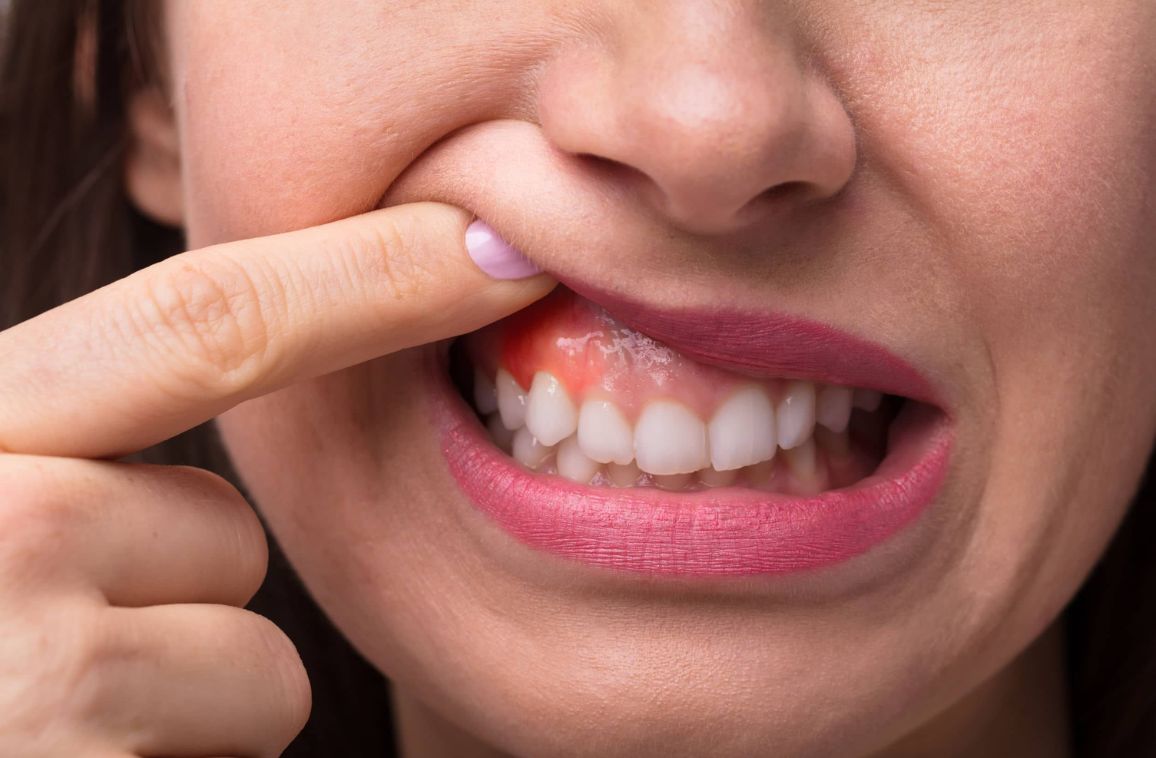Regular dental check-ups and cleanings are essential for maintaining optimal oral health. Nevertheless, teeth cleaning side effects must be noted as the dental hygienist performs a thorough cleaning to remove plaque, tartar, and stains from one’s teeth.
Understanding these potential side effects is very important for making informed decisions about one’s dental care.
What Is Teeth Cleaning?
Regular tooth cleaning does play a pivotal role in maintaining a radiant smile and optimal oral health. The primary objective of dental cleaning is no doubt the removal of plaque and tartar accumulation on the teeth and beneath the gum line, thereby mitigating the risk of cavities, gum disease, and tooth loss.
Dental cleanings provide dentists with the opportunity to assess for indications of tooth decay, oral cancer, and other oral health concerns. This kind of proactive approach does enable early detection and intervention, promoting overall dental wellness.
How often to get teeth cleaned?
The frequency of dental cleanings is decided by the dentist or dental hygienist during the examination, as well as the individual circumstances of the patient.
The standard recommendation for optimal oral health is biannual cleanings, thus occurring twice a year; a more frequent interval of every three to four months can be necessary if any indications of gum disease are detected.
For children, molar sealants can be suggested as a preventive measure against cavities in hard-to-reach areas that are challenging to brush effectively. Regular visits to the dentist for routine teeth cleanings are necessary to prevent dental issues from arising altogether.
Teeth Cleaning Side Effects
For any medical or dental procedure, it is important to be aware of potential side effects, such as:
Sensitive Teeth
Over time, a hard layer of calculus called tartar can build up on one’s teeth if proper oral hygiene is not maintained. The dentist removes the layer of tartar during cleaning, and this leads to the newly exposed, clean surface of one’s teeth becoming sensitive to air, liquids, and foods of varying temperatures. While this sensitivity is temporary and fades within a few days, it can be uncomfortable.
Sore Gums
The removal of plaque and tartar from around and below the gum line can lead to soreness in one’s gums. This kind of discomfort is common after a deep cleaning but does resolve on its own with time. Over-the-counter pain medications and rinsing with salt water can help alleviate gum soreness as well as promote healing.

Bleeding Gums
In cases of serious periodontal disease, removing plaque and tartar from below the gum line can cause minor bleeding in the gums. Also, the physical process of cleaning near the gums can cause temporary gum swelling. While these symptoms do subside within a few days, persistent swelling or bleeding can indicate an underlying infection that does require treatment with antibiotics prescribed by the dentist.
Noticeable gaps between teeth
Food deposits and plaque that tend to accumulate on the teeth over time can fill in small gaps between teeth, making them less visible. Removing plaque and tartar during cleaning can reveal these original gaps. It is essential to know that dental cleaning itself does not create gaps between teeth but exposes pre-existing ones.
Conclusion
The side effects of professional dental cleanings happen to be minor and temporary in nature. They can be managed with simple measures like making use of desensitizing toothpaste, antimicrobial mouthwash, salt water rinses, and over-the-counter painkillers. If one has not cleaned one’s teeth for over a year, scheduling an appointment with a dentist is necessary to remove plaque and tartar buildup and prevent further risks to one’s oral health.


